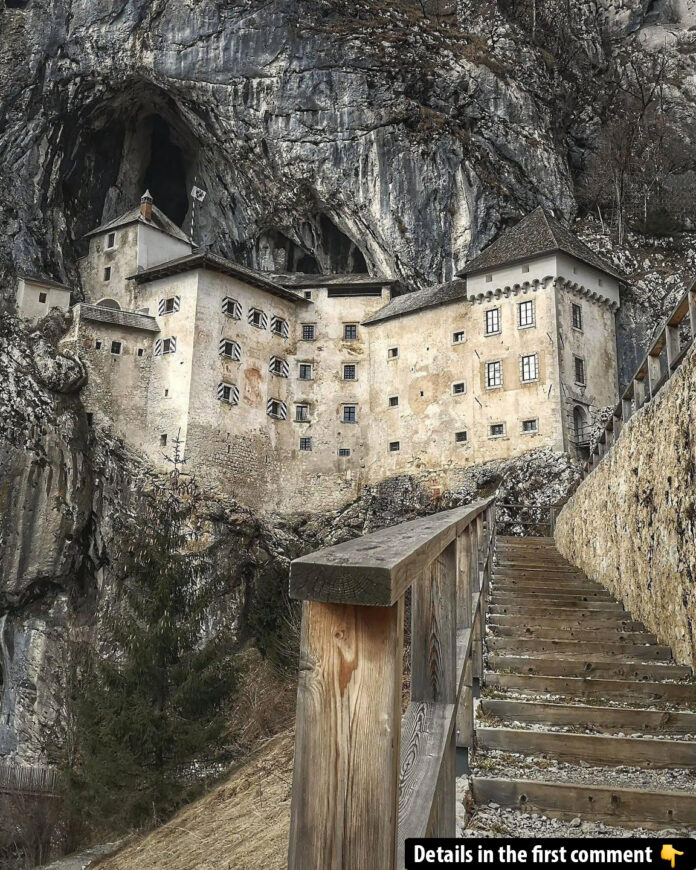Tucked into a dramatic cliffside in south-central Slovenia, Predjama Castle stands as a testament to the ingenuity and resilience of medieval architecture. Perched within a 123-meter-high karst cliff, this fortress has withstood the test of time for more than 800 years. Known as the largest cave castle in the world, it is a unique fusion of human craftsmanship and nature’s raw beauty, rich with history, legend, and intrigue. Let’s explore why this castle continues to capture the imagination of visitors and historians alike.
The Origins and Architecture of Predjama Castle
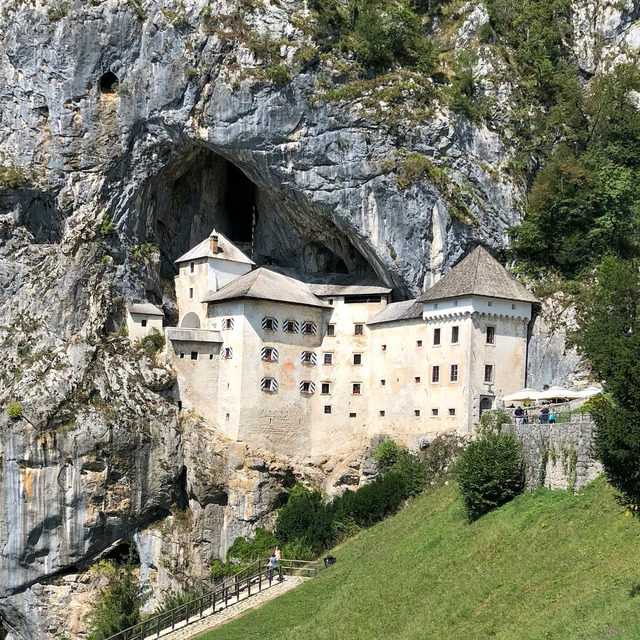
Predjama Castle’s roots trace back to 1274 when it was constructed by the abbots of Aquileia in a Gothic style. Its location within the mouth of a cliffside cave was no accident; the site provided natural fortifications against invaders, making it nearly impenetrable. The castle’s positioning also allowed access to a complex cave network, which would later play a pivotal role in its history.
In the 16th century, the castle underwent a remarkable transformation under Baron Phillip von Cobenzl. Rebuilt in the Renaissance style in 1570, it gained a more elegant and sophisticated appearance while maintaining its defensive purpose. Visitors today can marvel at how seamlessly the man-made elements blend with the natural cliff, creating a structure that feels as much a part of the mountain as the rock itself.
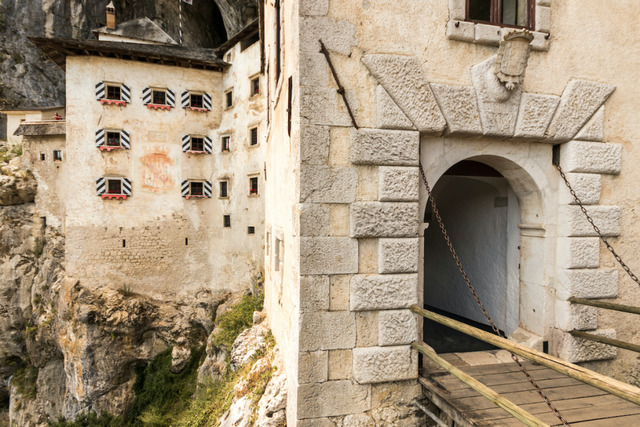
The castle’s defensive design includes features such as drawbridges, hidden entrances, and a chute system once used to pour boiling water or tar on attackers. These elements, combined with the integration of the cliff, made Predjama Castle a formidable fortress.
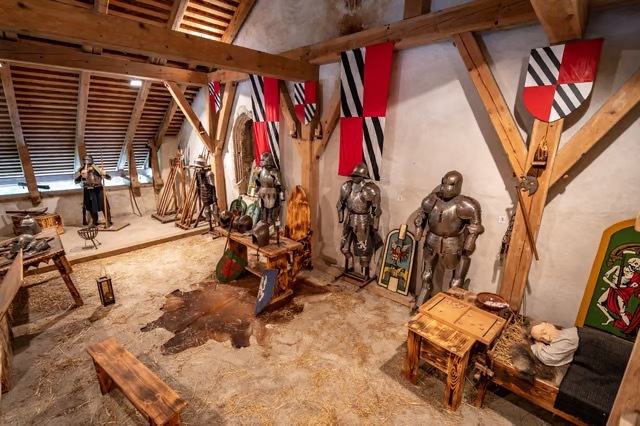
Video
Discover the mysterious Predjama Castle, featured in the Guinness Book – watch the video to explore its unique history, architecture, and fascinating secrets!
The Legend of Erazem Predjamski
No tale of Predjama Castle would be complete without the legend of Erazem Predjamski, a 15th-century knight whose defiance of authority turned him into a local hero—or villain, depending on the perspective. Erazem’s feud with Austrian Emperor Frederick III led him to take refuge in the castle, where he successfully resisted a year-long siege.
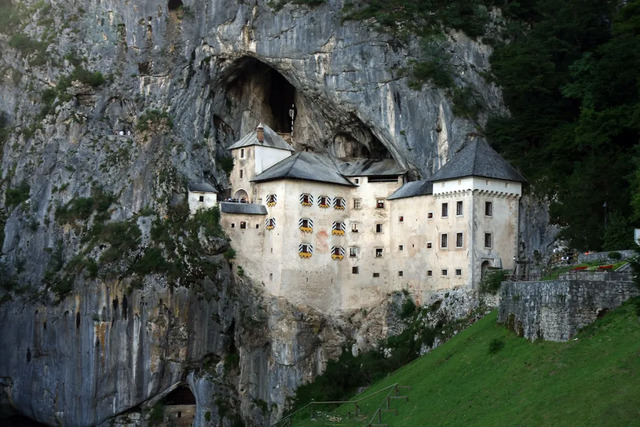
Thanks to the hidden cave network beneath the castle, Erazem was able to smuggle food and supplies, mocking his enemies by sending them fresh cherries and even roasted pigs. However, his story took a tragic turn when a disloyal servant betrayed him by signaling his location. Legend has it that Erazem was struck down while using the castle’s restroom, an end as dramatic as the life he led.
Today, Erazem’s tale adds a layer of mystique to Predjama Castle, attracting visitors eager to walk in the footsteps of the “robber knight.”
Exploring Predjama Castle Today
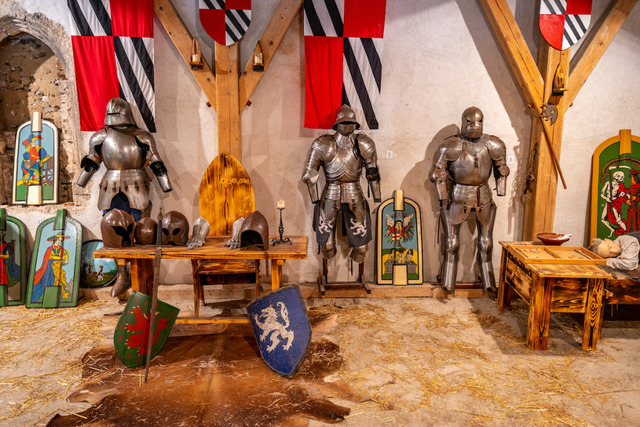
Predjama Castle now serves as a museum, offering a glimpse into life during the 16th century. Spread across five floors, the castle features reconstructed living quarters, an armory, a chapel, and even a medieval dungeon. Highlights include displays of weaponry, intricate furniture, and tools used by its former residents.
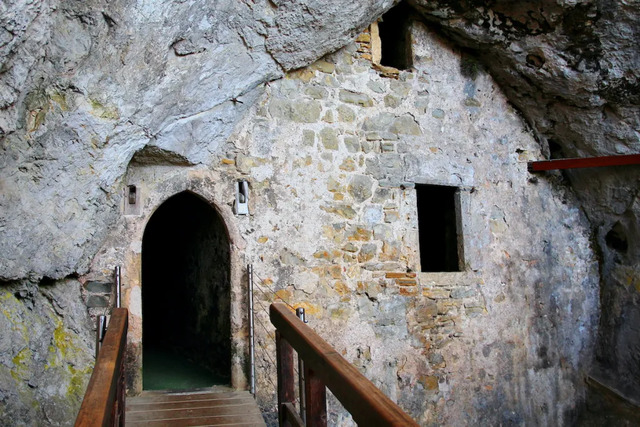
Visitors can also witness the unique merging of natural and architectural elements throughout the castle. In some rooms, the walls are entirely made of natural rock, while others showcase elegant wooden beams and stonework. A tour of the castle reveals fascinating features such as its water collection system, which funneled rainwater through pipes to central reservoirs.
Each summer, the Erazem Medieval Tournament brings the castle’s history to life. This vibrant event features jousting, archery, and medieval crafts, immersing visitors in the sights and sounds of the Renaissance era. Whether you’re a history enthusiast or simply seeking an unforgettable experience, the tournament is a must-see.
The Cave System Behind Predjama Castle
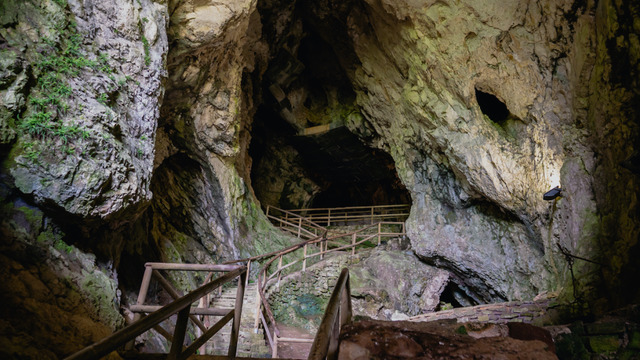
Predjama Castle’s magic extends far beyond its walls. Hidden behind the fortress lies a vast cave network spanning 14 kilometers across four interconnected levels. Archaeological evidence suggests that humans inhabited parts of the cave as early as the Stone Age, making it a site of significant historical importance.
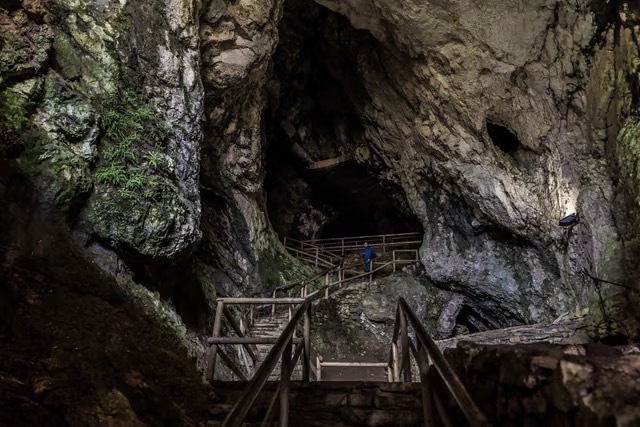
For adventurous visitors, the cave offers guided spelunking tours from May to September. These tours venture into sections of the cave not accessible during regular visits, allowing participants to navigate challenging passages and explore hidden chambers. However, the cave closes during winter to protect its resident bat population, highlighting the commitment to preserving the local ecosystem.
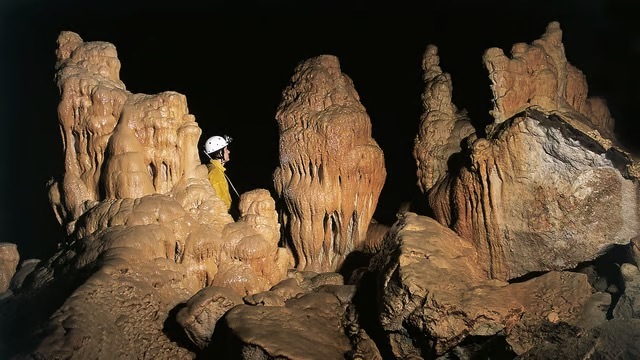
Nearby Attractions: Postojna Cave
Just 10 kilometers from Predjama Castle lies another marvel: Postojna Cave. This 24-kilometer-long karst cave system is one of Slovenia’s most popular tourist attractions. Carved by the Pivka River over millions of years, it features stunning formations such as stalactites, stalagmites, and the iconic “Brilliant,” a five-meter-tall translucent stalagmite.
Visitors can explore the cave via an underground train, a unique experience that takes them deep into its winding passages. The cave is also home to the olm, a fascinating troglodytic amphibian nicknamed the “baby dragon” for its mythical appearance. Together, Predjama Castle and Postojna Cave create a one-of-a-kind adventure into Slovenia’s natural and historical wonders.
Planning Your Visit
Reaching Predjama Castle is convenient, with the site located just a 45-minute drive from Ljubljana. Visitors can also take the train to Postojna Railway Station, followed by a short bus or car ride to the castle. Tickets can be purchased online in advance to ensure a seamless experience.
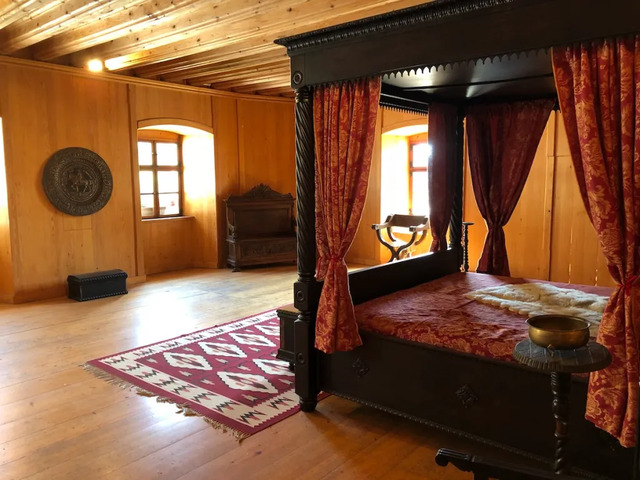
The castle offers self-guided audio tours in multiple languages, providing rich context about its history and legends. Visitors should wear comfortable footwear, as the tour involves climbing stairs and navigating uneven surfaces. For those exploring the cave, dressing in layers is recommended due to the cool underground temperatures.
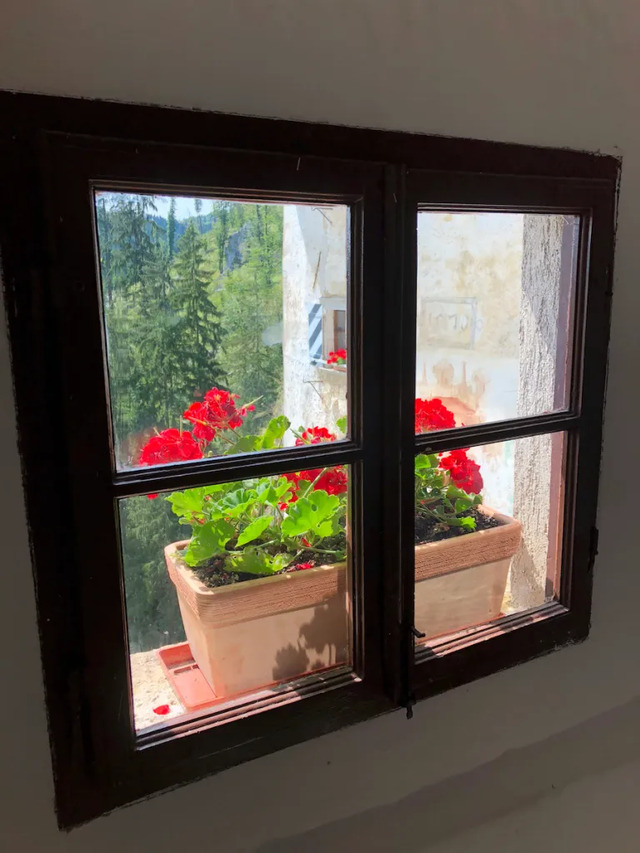
Cultural and Historical Significance of Predjama Castle
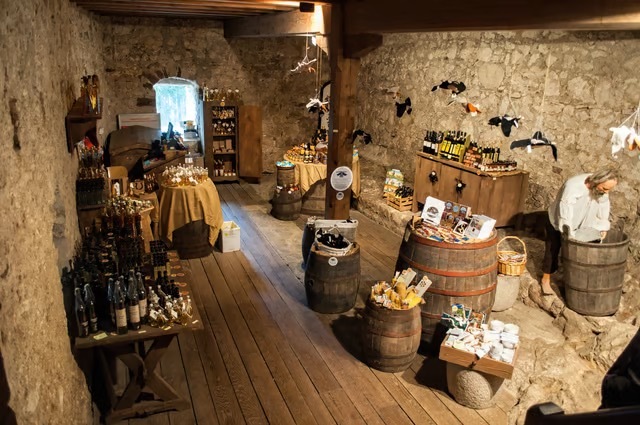
Predjama Castle is more than just an architectural marvel; it is a symbol of Slovenian heritage and medieval resilience. Its connection to legends like Erazem Predjamski adds depth to its historical narrative, making it a site of both cultural and academic interest. Efforts are underway to preserve the castle and its surrounding cave system, with discussions about potential UNESCO World Heritage recognition.
The castle’s unique blend of myth, history, and natural beauty has made it a favorite among tourists, scholars, and even filmmakers. Whether featured in medieval reenactments or paranormal investigations, Predjama Castle continues to inspire awe and wonder.
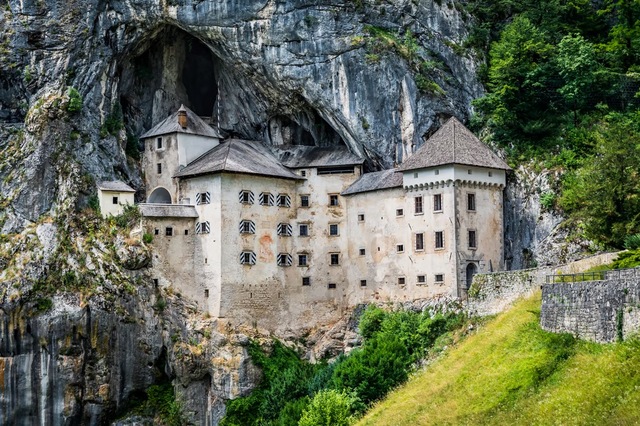
Video
Watch the video to explore the differences between de_castle and da castle – dive into this intriguing comparison and discover the cultural and historical significance behind these names!
Conclusion
Predjama Castle stands as a testament to human ingenuity, blending seamlessly with the natural cliffs of Slovenia to create a fortress like no other. From its storied past and legendary tales to its breathtaking cave network, this site offers something for everyone. As a living reminder of medieval architecture and culture, it invites visitors to step back in time and experience the magic of history firsthand. Whether you’re a history buff, an adventurer, or a curious traveler, Predjama Castle promises an unforgettable journey into the heart of Slovenia’s heritage.
